Jingyue Li
Norwegian University of Science and Technology
Efficient Avoidance of Vulnerabilities in Auto-completed Smart Contract Code Using Vulnerability-constrained Decoding
Sep 18, 2023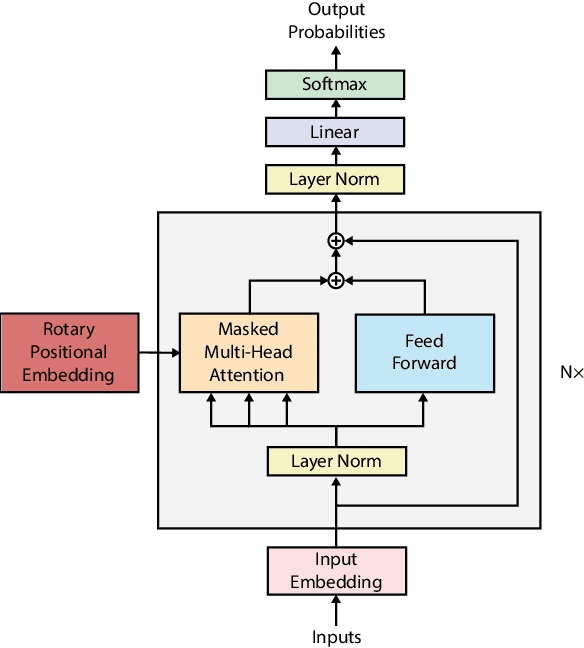
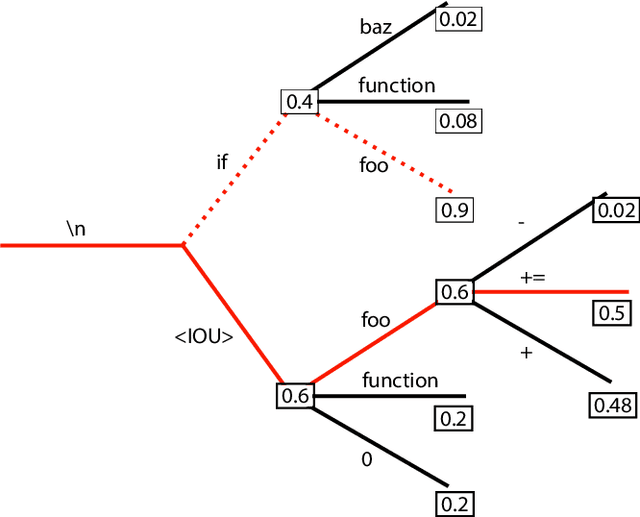
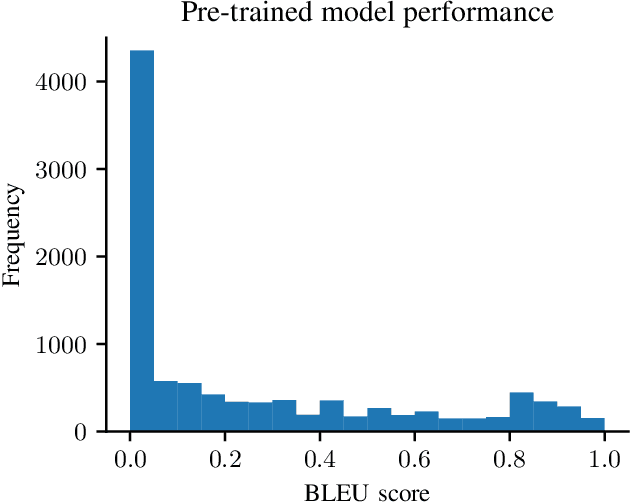
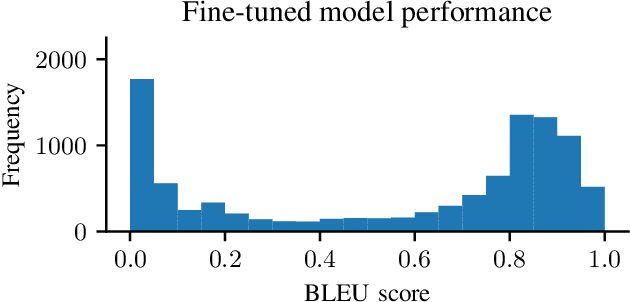
Abstract:Auto-completing code enables developers to speed up coding significantly. Recent advances in transformer-based large language model (LLM) technologies have been applied to code synthesis. However, studies show that many of such synthesized codes contain vulnerabilities. We propose a novel vulnerability-constrained decoding approach to reduce the amount of vulnerable code generated by such models. Using a small dataset of labeled vulnerable lines of code, we fine-tune an LLM to include vulnerability labels when generating code, acting as an embedded classifier. Then, during decoding, we deny the model to generate these labels to avoid generating vulnerable code. To evaluate the method, we chose to automatically complete Ethereum Blockchain smart contracts (SCs) as the case study due to the strict requirements of SC security. We first fine-tuned the 6-billion-parameter GPT-J model using 186,397 Ethereum SCs after removing the duplication from 2,217,692 SCs. The fine-tuning took more than one week using ten GPUs. The results showed that our fine-tuned model could synthesize SCs with an average BLEU (BiLingual Evaluation Understudy) score of 0.557. However, many codes in the auto-completed SCs were vulnerable. Using the code before the vulnerable line of 176 SCs containing different types of vulnerabilities to auto-complete the code, we found that more than 70% of the auto-completed codes were insecure. Thus, we further fine-tuned the model on other 941 vulnerable SCs containing the same types of vulnerabilities and applied vulnerability-constrained decoding. The fine-tuning took only one hour with four GPUs. We then auto-completed the 176 SCs again and found that our approach could identify 62% of the code to be generated as vulnerable and avoid generating 67% of them, indicating the approach could efficiently and effectively avoid vulnerabilities in the auto-completed code.
A Systematic Literature Review on Client Selection in Federated Learning
Jun 08, 2023Abstract:With the arising concerns of privacy within machine learning, federated learning (FL) was invented in 2017, in which the clients, such as mobile devices, train a model and send the update to the centralized server. Choosing clients randomly for FL can harm learning performance due to different reasons. Many studies have proposed approaches to address the challenges of client selection of FL. However, no systematic literature review (SLR) on this topic existed. This SLR investigates the state of the art of client selection in FL and answers the challenges, solutions, and metrics to evaluate the solutions. We systematically reviewed 47 primary studies. The main challenges found in client selection are heterogeneity, resource allocation, communication costs, and fairness. The client selection schemes aim to improve the original random selection algorithm by focusing on one or several of the aforementioned challenges. The most common metric used is testing accuracy versus communication rounds, as testing accuracy measures the successfulness of the learning and preferably in as few communication rounds as possible, as they are very expensive. Although several possible improvements can be made with the current state of client selection, the most beneficial ones are evaluating the impact of unsuccessful clients and gaining a more theoretical understanding of the impact of fairness in FL.
Geolocation estimation of target vehicles using image processing and geometric computation
Mar 08, 2022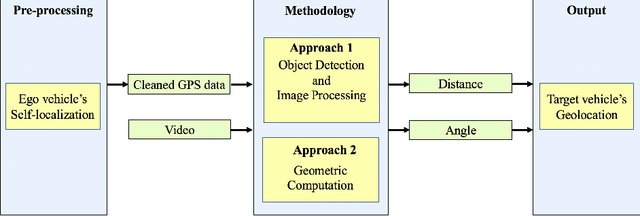

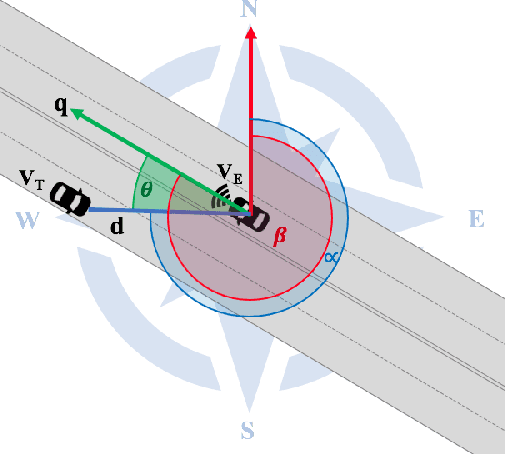

Abstract:Estimating vehicles' locations is one of the key components in intelligent traffic management systems (ITMSs) for increasing traffic scene awareness. Traditionally, stationary sensors have been employed in this regard. The development of advanced sensing and communication technologies on modern vehicles (MVs) makes it feasible to use such vehicles as mobile sensors to estimate the traffic data of observed vehicles. This study aims to explore the capabilities of a monocular camera mounted on an MV in order to estimate the geolocation of the observed vehicle in a global positioning system (GPS) coordinate system. We proposed a new methodology by integrating deep learning, image processing, and geometric computation to address the observed-vehicle localization problem. To evaluate our proposed methodology, we developed new algorithms and tested them using real-world traffic data. The results indicated that our proposed methodology and algorithms could effectively estimate the observed vehicle's latitude and longitude dynamically.
Testing and verification of neural-network-based safety-critical control software: A systematic literature review
Oct 05, 2019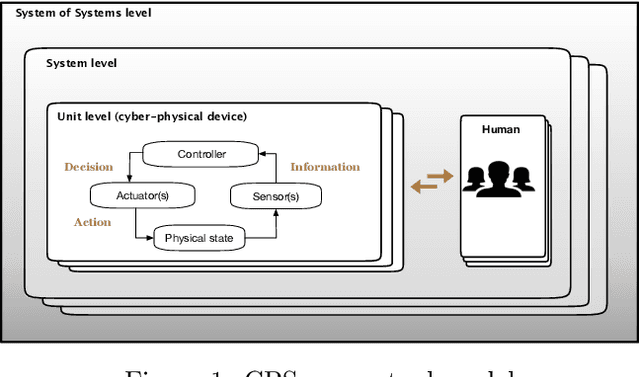

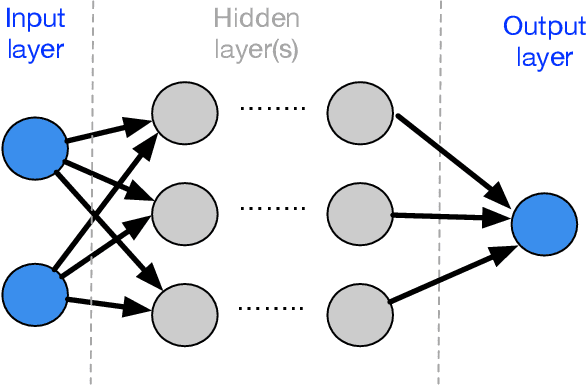
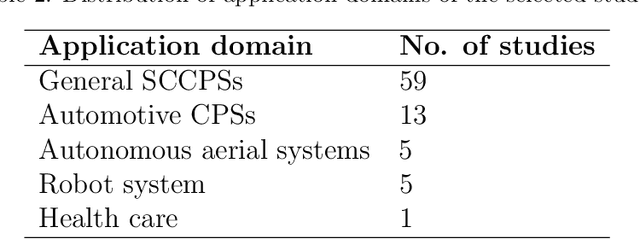
Abstract:Context: Neural Network (NN) algorithms have been successfully adopted in a number of Safety-Critical Cyber-Physical Systems (SCCPSs). Testing and Verification (T&V) of NN-based control software in safety-critical domains are gaining interest and attention from both software engineering and safety engineering researchers and practitioners. Objective: With the increase in studies on the T&V of NN-based control software in safety-critical domains, it is important to systematically review the state-of-the-art T&V methodologies, to classify approaches and tools that are invented, and to identify challenges and gaps for future studies. Method: We retrieved 950 papers on the T&V of NN-based Safety-Critical Control Software (SCCS). To reach our result, we filtered 83 primary papers published between 2001 and 2018, applied the thematic analysis approach for analyzing the data extracted from the selected papers, presented the classification of approaches, and identified challenges. Conclusion: The approaches were categorized into five high-order themes: assuring robustness of NNs, assuring safety properties of NN-based control software, improving the failure resilience of NNs, measuring and ensuring test completeness, and improving the interpretability of NNs. From the industry perspective, improving the interpretability of NNs is a crucial need in safety-critical applications. We also investigated nine safety integrity properties within four major safety lifecycle phases to investigate the achievement level of T&V goals in IEC 61508-3. Results show that correctness, completeness, freedom from intrinsic faults, and fault tolerance have drawn most attention from the research community. However, little effort has been invested in achieving repeatability; no reviewed study focused on precisely defined testing configuration or on defense against common cause failure.
 Add to Chrome
Add to Chrome Add to Firefox
Add to Firefox Add to Edge
Add to Edge